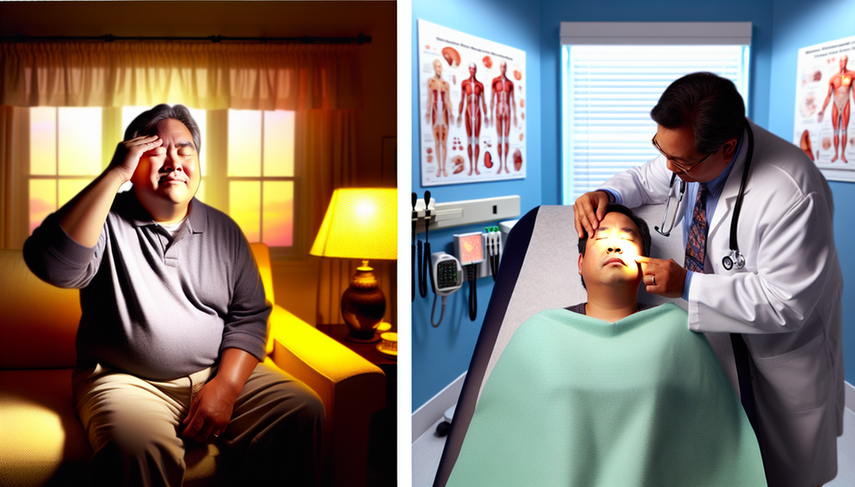Cluster Headache vs. Trigeminal Neuralgia: Key Clinical Insights for Managing Intense Facial Pain and Triggers

The cluster headache and trigeminal neuralgia are two neurological conditions that, while sharing some characteristics, present significant clinical differences crucial for their diagnosis and management. Both are characterized by intense facial pain, but their clinical presentations, triggers, and treatments differ considerably.
Diving into Clinical Characteristics
Cluster headache is a type of primary headache that presents with attacks of severe unilateral pain, typically around the eye, accompanied by ipsilateral autonomic symptoms such as tearing and nasal congestion. These attacks can last between 15 and 180 minutes and occur several times a day during cluster periods, which can last for weeks or months. It is important to highlight that the abortive treatment for cluster headache includes high-flow oxygen and triptans, while preventive treatment may involve verapamil and, in some cases, galcanezumab or occipital nerve stimulation [1].
On the other hand, trigeminal neuralgia is characterized by brief episodes of intense facial pain, described as stabbing or electric, affecting one or more branches of the trigeminal nerve. These episodes can be triggered by everyday activities such as chewing, talking, or even the wind on the face. First-line treatment for trigeminal neuralgia includes anticonvulsants like carbamazepine and oxcarbazepine, although newer antiepileptics such as topiramate and lamotrigine have also shown efficacy [2].
Conclusions
Recognizing the clinical differences between cluster headache and trigeminal neuralgia is essential for accurate diagnosis and effective management. While cluster headache is associated with autonomic symptoms and requires a specific treatment approach, trigeminal neuralgia is characterized by its paroxysmal pain and response to anticonvulsants. Understanding these differences not only enhances treatment but also alleviates patient suffering by providing quicker and more effective relief.
Referencias
- [1] Cluster Headache, SUNCT, and SUNA.
- [2] Antiepileptic drugs in the management of cluster headache and trigeminal neuralgia.
- [3] Recent advances in the diagnosis and management of cluster headache.
- [4] Management of trigeminal autonomic cephalgias and hemicrania continua.
Created 6/1/2025
